This article was last updated on August 5, 2022
If you enjoy the stars at all, or are simply just fascinated by them and the beauty they possess, in just a couple weeks the Perseid meteor shower will be in town. While this serves as the perfect opportunity to wish upon a star, and count as many shooting stars as you can, it also serves as a great chance to capture some awe-inspiring images.
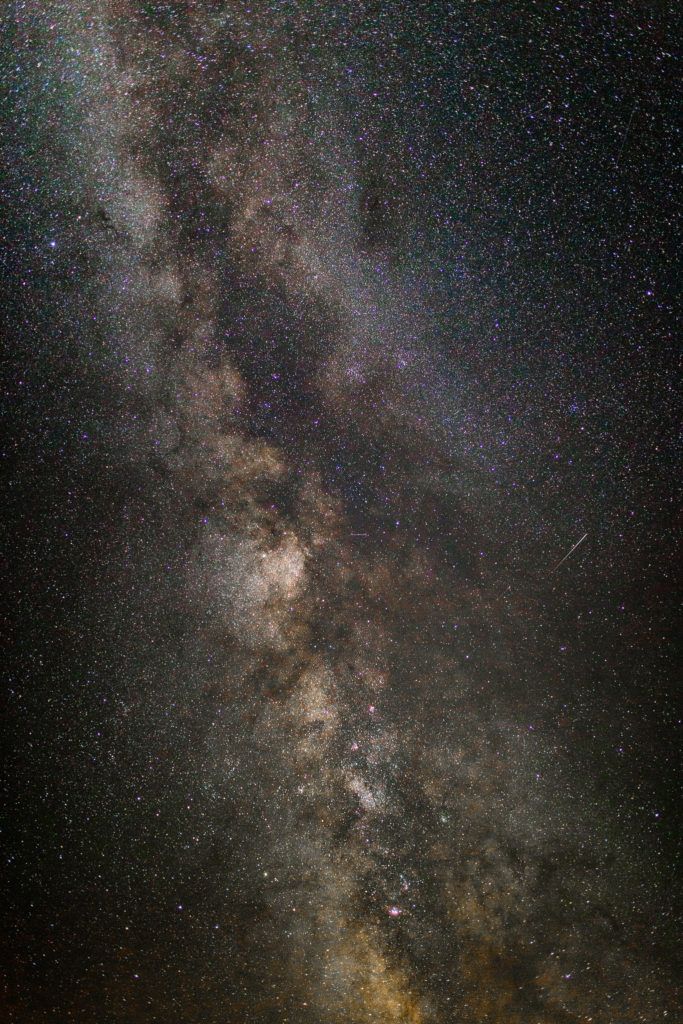
Image by ZensLens, shot with a Canon 6D with the Sigma 35mm F1.4 ART lens
If you have not captured the stars before, or tried with limited success, in this article there will be a few useful tips to help you make the most of it. The Perseid meteor shower is said to peak from late midnight August 11 to dawn on August 13, so you will have a few shots at getting some results! This is also an annual meteor shower, so if you miss out on it or are unable to get any results, mark your calendar for next year!
Regardless of how expensive or how good you may think your phone may be, they are not capable of capturing images of the night sky due to the small size of their sensor, the limited ISO range, and lack of full manual controls. Even if you have an app or alternate method of capturing long exposure images with your phone, the noise will be beyond use or the exposure will have to be so long that you will begin to see star trails.
Time to get down to business:
- Know how to manually adjust your camera settings. In automatic or any other preset, the camera will want to raise the flash, and use a shutter speed that it believes is capable of being handheld, this means that your images will be pitch black dark, and useless. Even in Program, Aperture Priority or Shutter Priority, your camera will want to alter the settings for what it thinks are the best results. You need to know the settings, and force the camera to shoot the exposure that you want it to.
- Slow things down. This speaks to two different points, the key to good star photos is using a very slow shutter speed. The other is in your actions. If you rush yourself, you will not get the results you want. Sit down, look at the stars, watch and decide which direction you want to aim the camera.
- Make sure you get or have a good tripod that can securely and safely support the weight of your camera. A good one to check out is the Cameron CF650 Tripod with Ball Head. The last thing you want is for your camera to fall over and smash. A sturdy tripod will also prevent motion blur from any wind that may cause your tripod to vibrate during the long exposures your camera will be capturing.
- Avoid star trails. Star trails may be cool, and it could be the look you are going for, however, if you wish to capture an image of the meteor shower, while also still being able to see the milky way, you need to watch how long you make your exposure. A good way to avoid star trails and get the results you want is by following the “500 rule”. The simplest explanation of this is to take 500, divided by the focal length of your lens, and the result is the longest exposure you can achieve before getting star trails.
- Forget everything you learned about adjusting the aperture of your lens to get the most depth of field possible. When you are shooting the stars at night, you want the maximum amount of light possible to reach the sensor. In order to do this, you need to open up your aperture as wide as possible. Once you have done so, set the lens to “infinity” focus and leave it there in manual focus. This will ensure that your lens will capture “infinity” and the stars should be perfectly focused in your images.
- The next thing you want to address is your ISO. If you set it too low, your camera will not pick up enough light to capture any detail out of the sky. Too high, and you will create so much noise, there will be 10x more “stars” than what you actually
saw while you were out. Depending on the camera you are using, you may be able to get a bit more out of your camera’s ISO capabilities than others. The safest place is often about ISO 1600, however, if you are on a full-frame platform, or a specialized low-light camera such as the Sony a7s, you may be able to get away with up to ISO 6400 or higher!
Once you have a wide lens, with a fast aperture, understand your cameras manual setting and capabilities and a sturdy tripod you are basically ready to go!
A couple extras that are optional:
- Bug Spray
- A remote shutter release (reduces the risk of motion blur)
- Water Bottles (need to stay hydrated depending how long you will stay out)
- Snacks (if you plan to be out for a while)
- Flashlight (to see where you are going and see camera buttons and dials)
- Bring a Friend
- Remember to stay safe and use common sense
- Stay vigilant of any wildlife that could possibly be in the area.
When out shooting the stars, a useful lens to consider is Sigma 10-20mm F3.5. Not only is this a useful lens for star and night photos, it is also a very useful landscape and general purpose wide angle lens for anybody looking to expand their kit. This is an older lens but the equivalent would be the following lenses:
- Canon RF 15-30mm F4.5-6.3 IS STM Lens
- Nikon Nikkor Z 14-24mm F2.8 S Lens
- Sony FE 12-24mm F2.8 GM Lens
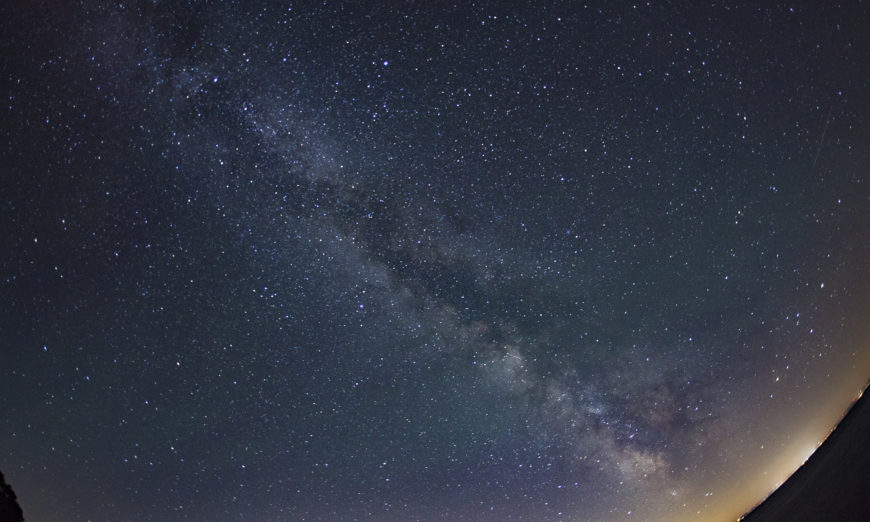
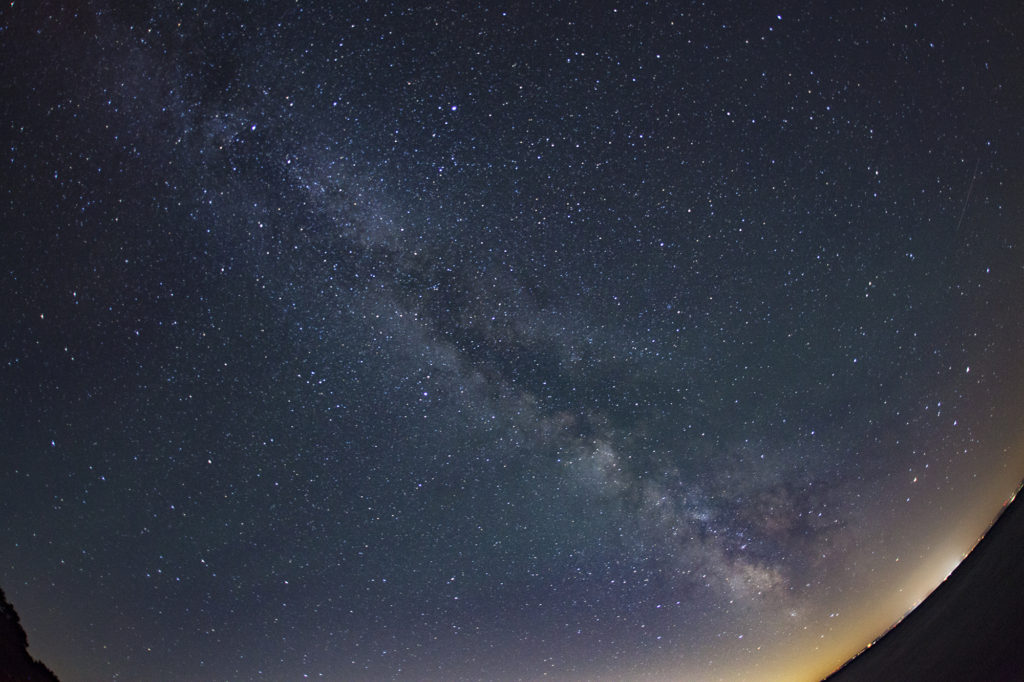 saw while you were out. Depending on the camera you are using, you may be able to get a bit more out of your camera’s ISO capabilities than others. The safest place is often about ISO 1600, however, if you are on a full-frame platform, or a specialized low-light camera such as the Sony a7s, you may be able to get away with up to ISO 6400 or higher!
saw while you were out. Depending on the camera you are using, you may be able to get a bit more out of your camera’s ISO capabilities than others. The safest place is often about ISO 1600, however, if you are on a full-frame platform, or a specialized low-light camera such as the Sony a7s, you may be able to get away with up to ISO 6400 or higher!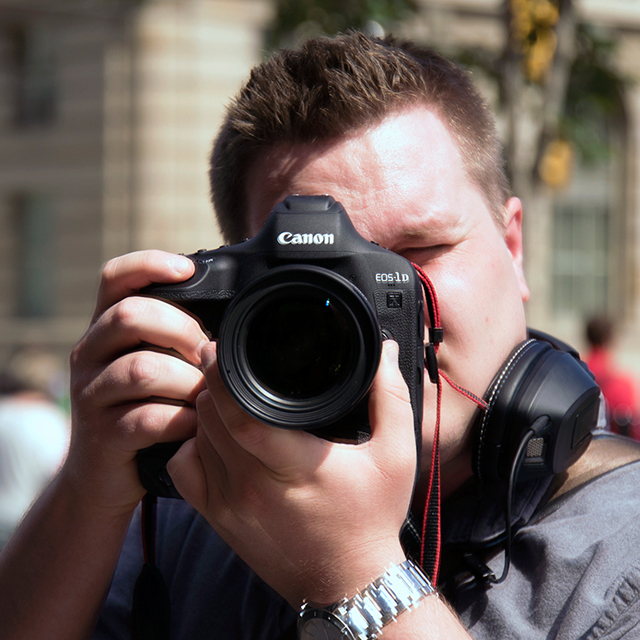




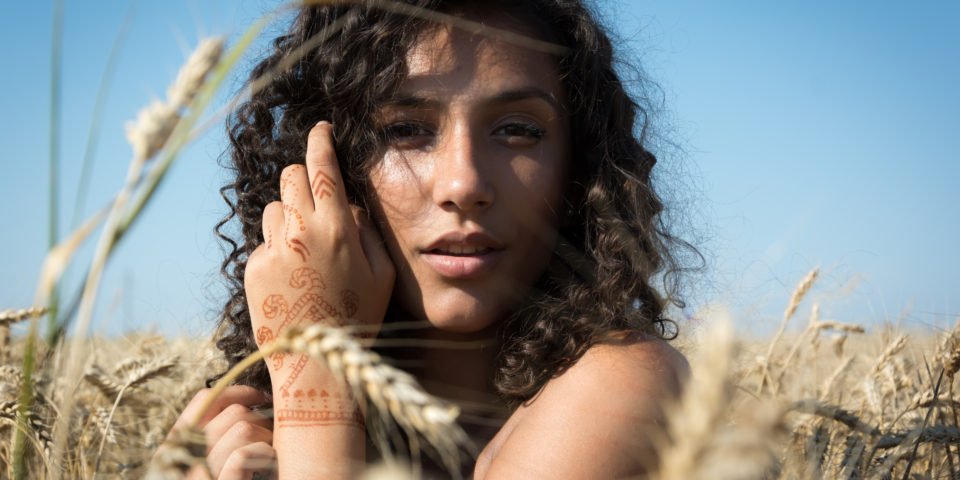
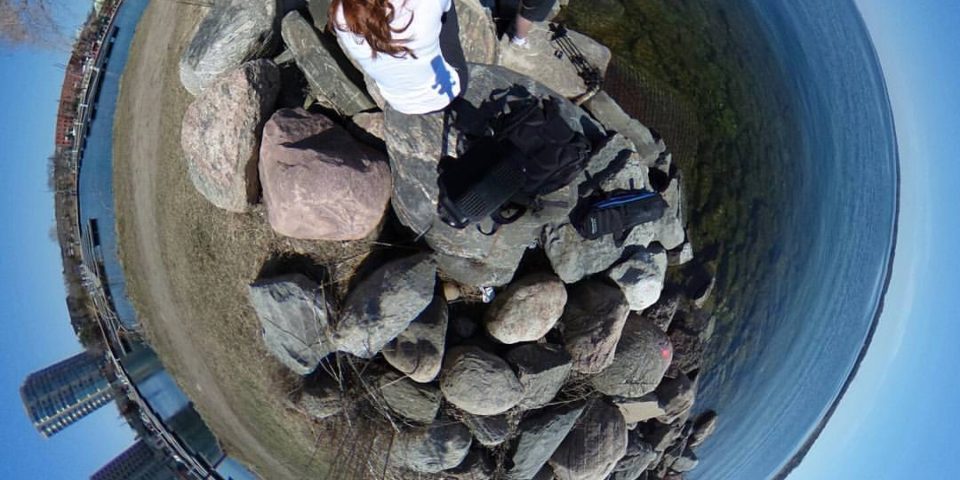
COMMENTS (2)
Mario Groleau photo
()
Don’t forget to use a flaslight with a red filter or red led flash light, your night vision is not affected by red light.
Scott Jarvis
()
That is a very good point Mario! My headlamp I use when I go out has a red setting, I should have included/mentioned that! Thanks!